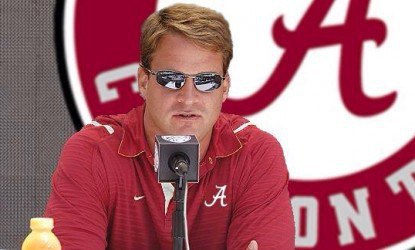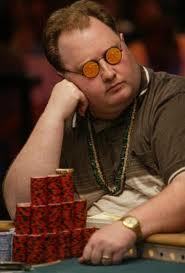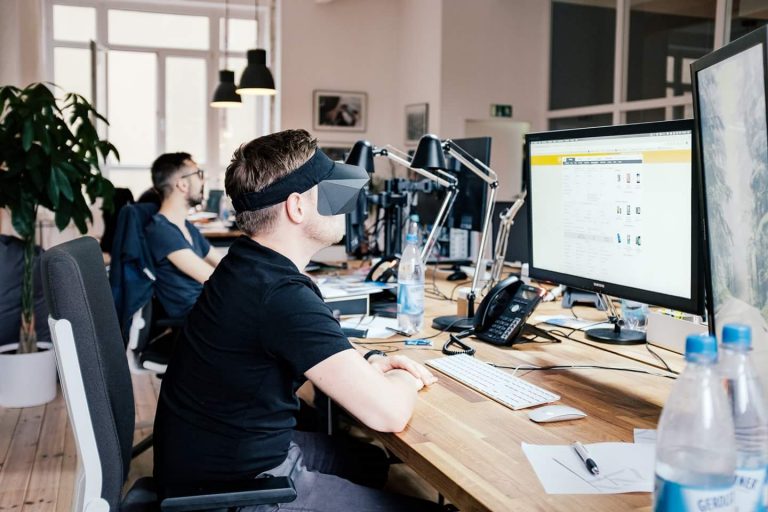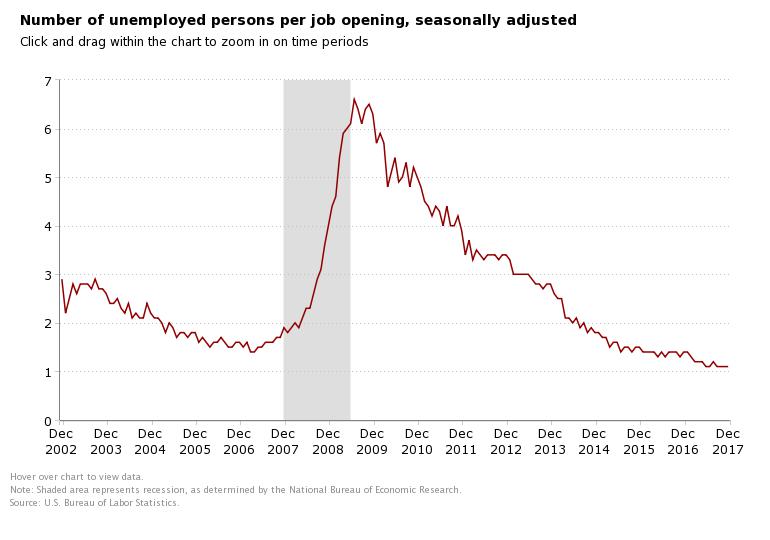More from the 'Robots are making people obsolete' front lines
I was fully prepared to write up a 'There's no way a robot could have done what I did this weekend' piece after having spent most of it painting some rooms in the house, building some furniture, and hanging about a million pictures and posters on the wall. The work was too imprecise, too unstructured, and required too much moving about in tight, crowded spaces for any robot (based on my current understanding of mainstream robotics capability), too manage.
So after doing all that work over the weekend I felt pretty good about my ability to remain (reasonably) useful and relevant moving forward. I mean, between coming up with sort of interesting blogs, and general domestic tasks, (I am also very handy with a chainsaw), I had a hearty chuckle to myself, thinking about the doomsayers, (sometimes me too), fretting about the impending obsolescence of the human worker in the face of technological innovation.
But these good feelings kind of dissapated a bit when I caught this piece on Fashionista (What, are you surprised I follow Fashionista?), on how some enterprising drones took the place of some fashion models at the recent Dolce & Gabbana show in Milan.
Turns out drones can 'model' as well as (or better), than the human fashion models (at least in some instances). From the piece on Fashionista:
It’s 2018, and as further proof that we’re already living in the future, what’s more fashionable than drones? Drones with handbags, according to Italian luxury fashion house Dolce & Gabanna, which sent a bunch of flying drones down its runway during the house’s fashion show in Milan on Sunday.
Here's a look at the drone runway models as seen on Twitter: (if you can't see the video, click through)
Here are @dolcegabbana’s Nice Boys pic.twitter.com/lrA7KLUPJP
— Tyler McCall (@eiffeltyler) February 25, 2018
Make progress against the robots in one area, (painting a room in bad lighting and full of odd angles and corners), and lose it in another, (looking glamorous while showing off the latest in designer handbags).
All this reminds us that the path to workplace automation, and the more widespread loss of jobs for people, is going to progress in spurts, in fits and stops, will surprise us in some ways and shock us in others, and is, probably, still inevitable.
Have a great day. Let me know if you buy one of the D & G handbags.

 Steve
Steve




